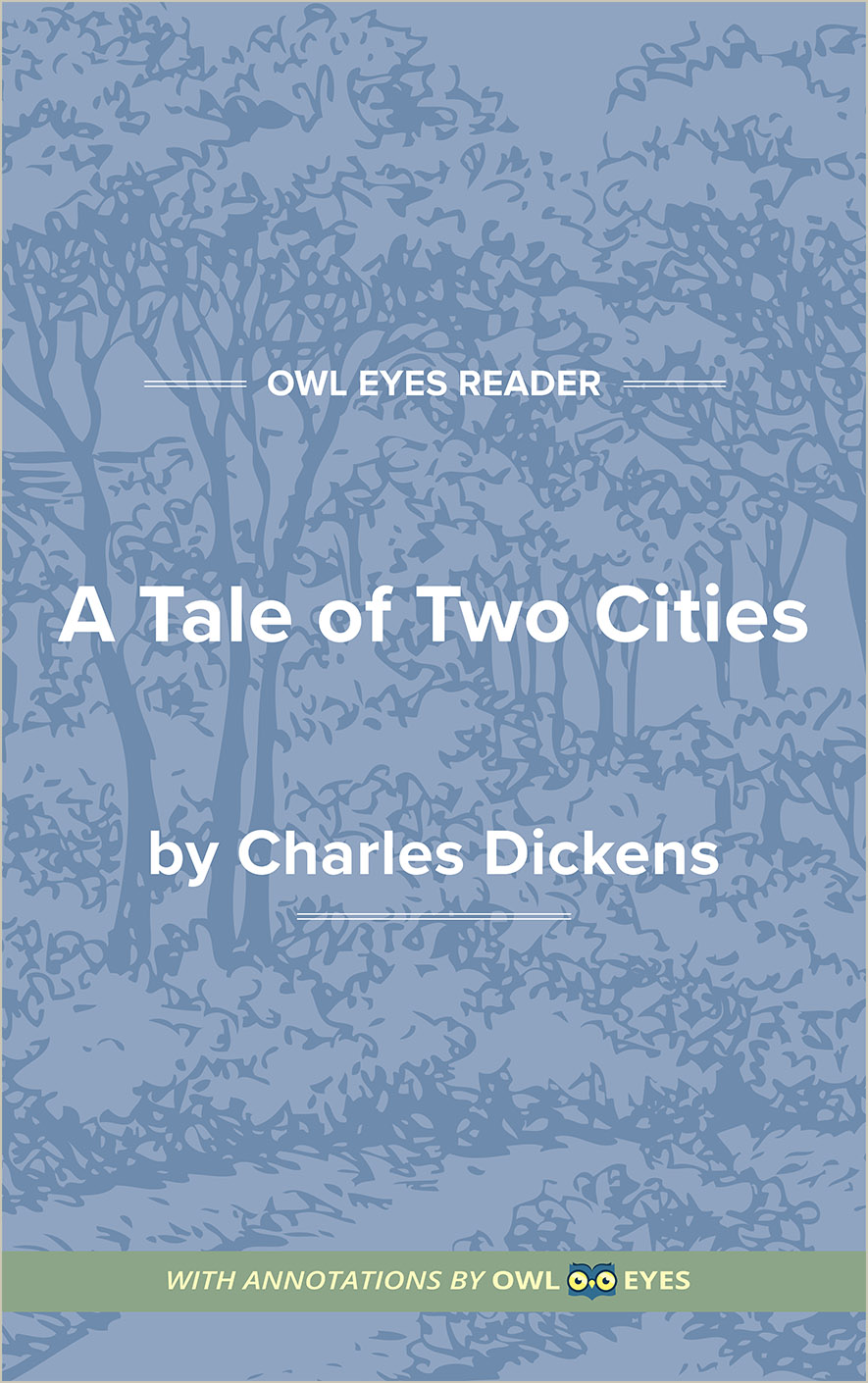Analysis Pages
Personification in A Tale of Two Cities
Hunger and Saint Antoine: Dickens personifies Hunger and Saint Antoine in a way that unifies the French peasantry into a single body—an uncontrollable mass acting (often irrationally) on paranoia, resentment, and enthusiasm for the public spectacle of execution.
La Guillotine: The personification of La Guillotine suggests both the widespread bloodthirstiness of the revolutionaries and a false idol erected in place of the Christian God.
Personification Examples in A Tale of Two Cities:
Book the First: Recalled to Life - Chapter II
🔒"finding none..." See in text (Book the First: Recalled to Life - Chapter II)
Book the First: Recalled to Life - Chapter V
🔒"Hunger..." See in text (Book the First: Recalled to Life - Chapter V)
Book the Second: The Golden Thread - Chapter XV
🔒"in this vinous feature of his..." See in text (Book the Second: The Golden Thread - Chapter XV)
Book the Third: The Track of a Storm - Chapter XV
🔒"fused in the one realisation, Guillotine..." See in text (Book the Third: The Track of a Storm - Chapter XV)

